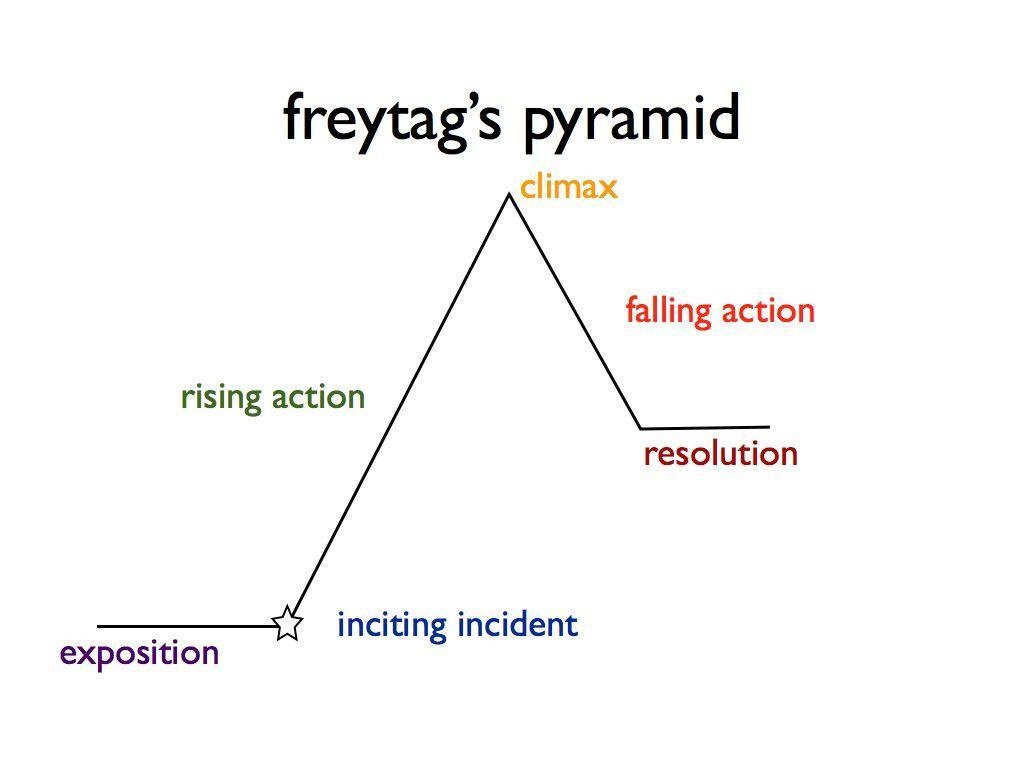It’s a rare person that hasn’t heard the term Achilles’ Heel used to describe a prominent flaw in a plan or project. Its popularity shouldn’t be surprising, given we’ve been using the phrase for nearly three thousand years now.
Homer first wrote down the story of Achilleus and his famous weak spot in the 8th century BCE. That story, written in a different language and from a different culture, has stuck with us so firmly that it is still regularly used today.
Why?
Because humans are hardwired to love a good story.
The Importance of Emotion and Storytelling
As a social species, we’re built to empathize and relate to other people. It’s what makes human society function. We’ve also been communicating through stories since our ancestors first drew images on cave walls.
That emphasis on empathy and plot development hasn’t changed since then. A review of Superbowl commercials by researchers at Johns Hopkins indicated that a dramatic plotline was far more effective at capturing the audience than sex, humor, or cute animals.
The most popular advert that year was Anheuser-Busch's story of a friendship between a Budweiser Clydesdale and a puppy. However, the 60-second spot was far more than just a showcase for fuzzy critters.
Analysis of the ad showed it conformed almost precisely to Freytag’s Pyramid, a dramatic structure found in most famous media works from this millennium.

Credit: Writers.com
Stories, Active Emotions, and Emotions Are What Persuade (not Reason)
Freytag’s Pyramid works so well because it takes advantage of human brain chemistry. The rising action creates tension which causes the brain to release the hormone cortisol, sharpening our attention.
The release of that tension during the resolution causes us to release oxytocin, making us more relaxed, trusting, and able to relate to others.
An excellent example of how compelling storytelling can connect with an audience is the famous Cadbury Dairy Milk Gorilla advert.
By any traditional measure, this hugely memorable advert failed on many levels. It wasn't message-led, it didn't show a product or service, it didn't even mention the brand. The only connection to Cadbury was the use of their signature purple in the background.
However, by sticking closely to Freytag’s Pyramid and making use of complimentary music, the ad made an instant emotional connection with audiences, resulting in a 6% revenue growth for Cadbury.
Stories Build Your Brand in the Eyes of Your Customers
We've all heard stories about companies that have offered terrible customer service. Negative reports are 50% more likely to be shared than positive ones. However, this constant stream of negative news makes stories of exceptional service stand out and stick with us.
Nordstrom has almost certainly made some customer service missteps in the last 46 years. However, one of the most enduring stories about the brand is that they refunded a man for four snow tires in 1975.
That one-time refund of an expensive product Nordstrom didn’t sell has provided them with free positive advertising for almost half a century.
The human love of emotional narrative also means that this kind of service's financial aspect isn't essential or important.
It’s a well-known fact that Ritz-Carlton employees are authorized to spend up to $2,000 per guest to solve customer issues.
After a customer lost a beloved Thomas the Tank Engine toy during a stay at a Ritz-Carlton in Arizona, staff purchased a new one, took pictures of the toy around the resort, and composed a letter to the child explaining his absence.

Credit: Groovehq.com
The total cost was somewhere around $50, but the narrative their actions built around Ritz-Carlton's quality of care was worth far more than $2,000. What makes these stories even more compelling is that they almost all stick to Freytag's Pyramid.
In the case of Thomas, it goes:
- The inciting incident (the loss of the toy)
- The rising action (the call to the Ritz and the staff searching for the toy)
- The climax (the staff purchasing a new toy)
- The falling action (the staff taking pictures and writing the letter)
- The resolution (the child receiving the replacement toy and the reader connecting with the narrative of Ritz-Carlton’s exceptional customer service)
Stories Unite The People In Your Company
The value of a good narrative isn’t just externally facing. A good brand story can unite staff around a central narrative and allows them to build on it.
Take the example of Morton's Steakhouse delivering a 24 oz. Porterhouse steak to a customer at the airport after he jokingly tweeted them to ask for one.
Spotify created a custom playlist with song titles that read “Hey Sophia. You are the best thing. We love you more. Have a nice day with wonderful things, friends, smiles, and laughter lines,” after they’d solved her app issue.
United Airlines delayed a connecting flight to help a man say goodbye to his mother before she passed.
These spur-of-the-moment actions by individual staff members happened because they had absorbed the central narrative of their company. They were able to express that narrative on the spot through word and deed and, by doing so, further build on it.
Stories Are What Bind Company Culture
Defining the vision and values of your company at an organizational level is key to creating the kind of positive narrative that connects you with your customers. Companies can use emotional storytelling to express those values to their staff.
During weekly meetings, managers can use story mining to extract positive customer service efforts from the day-to-day actions of staff members. Comms can then include these positive customer interactions in internal communications.
This form of personal narrative makes it easier for your staff to connect with and absorb your company values. It also highlights the kind of behavior you want to associate with your brand, making it far more likely that staff will go above and beyond to replicate these engaging narratives.
Incorporating storytelling into your business strategy connects your core values, staff, and customers into one compelling and positive narrative.
